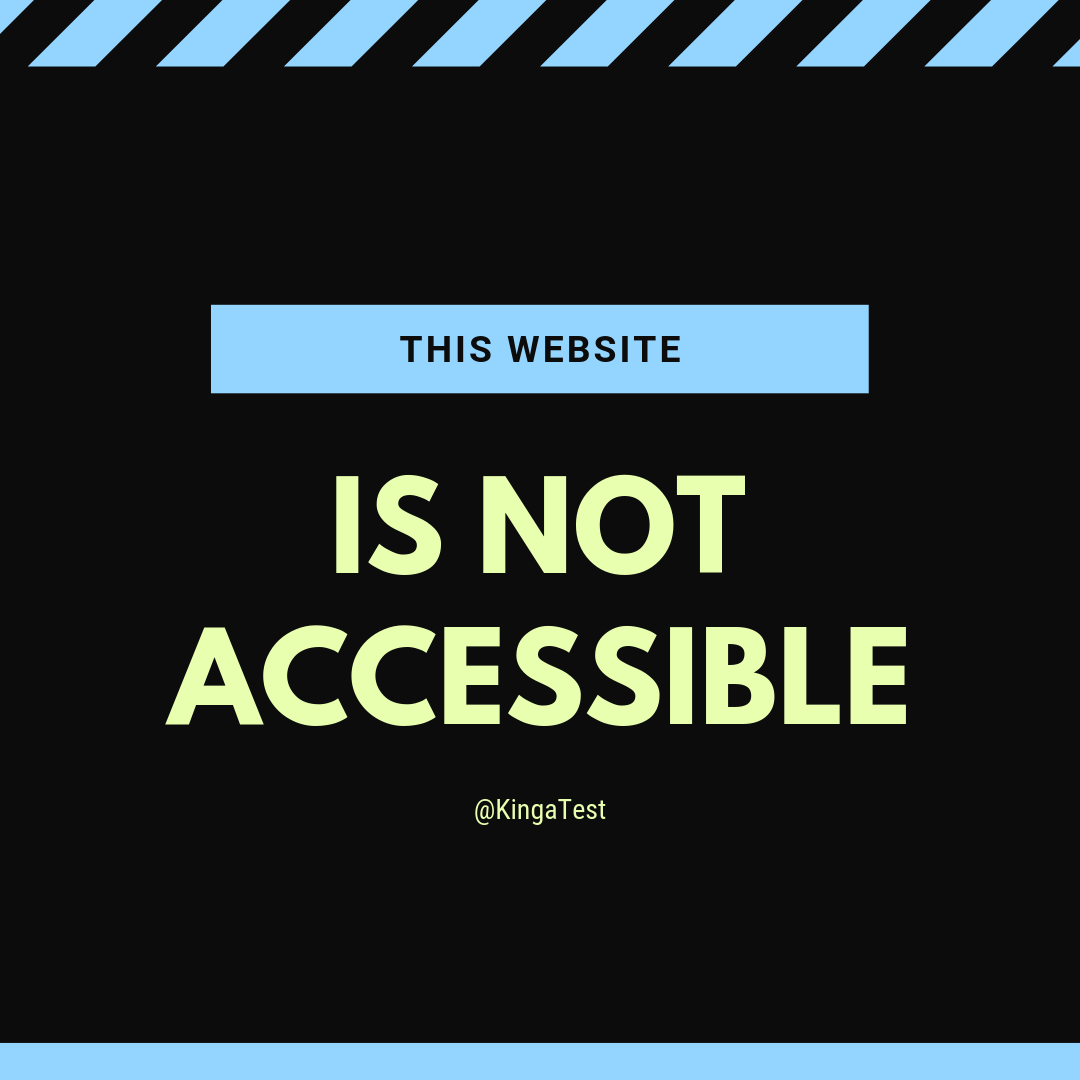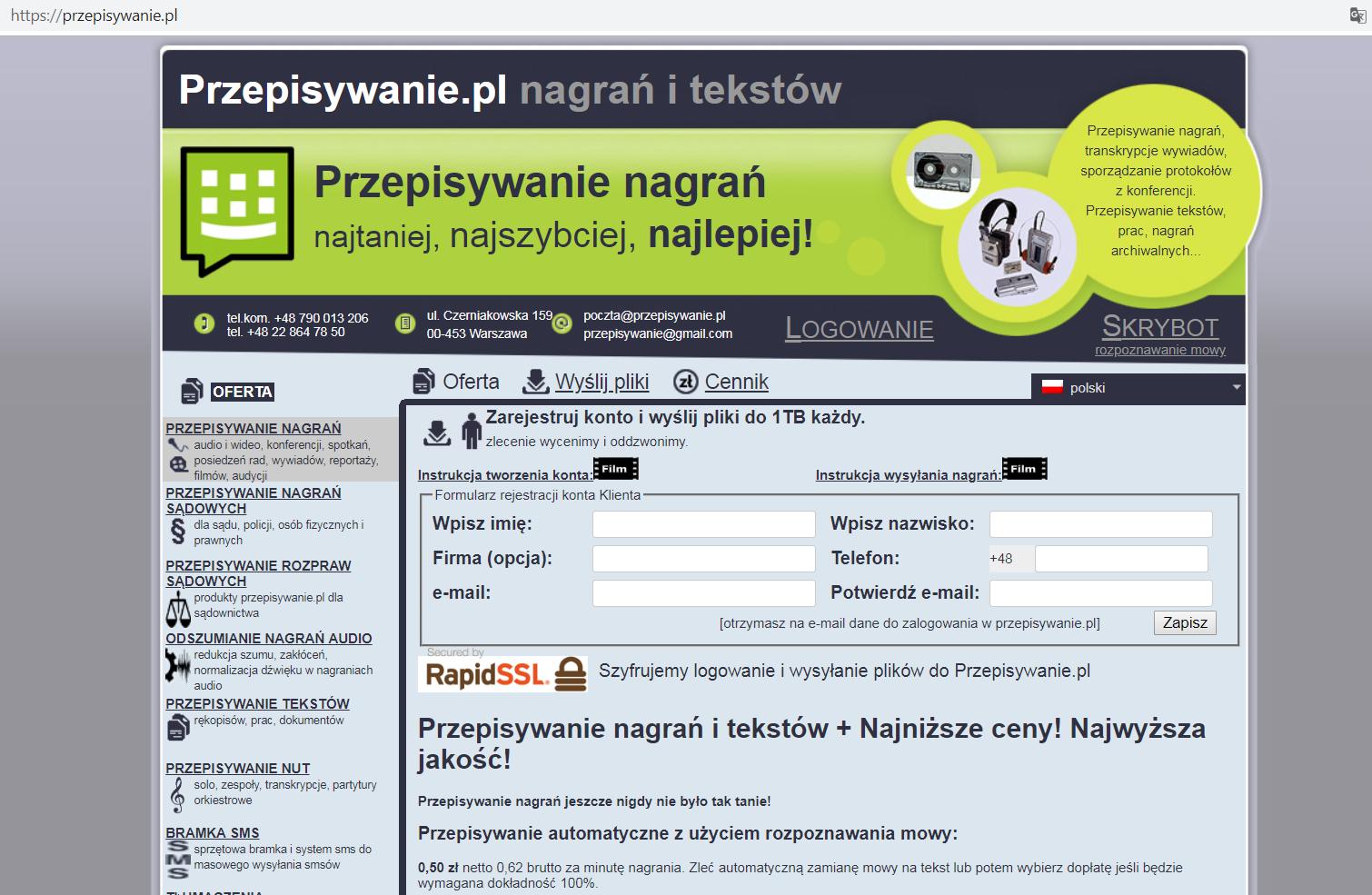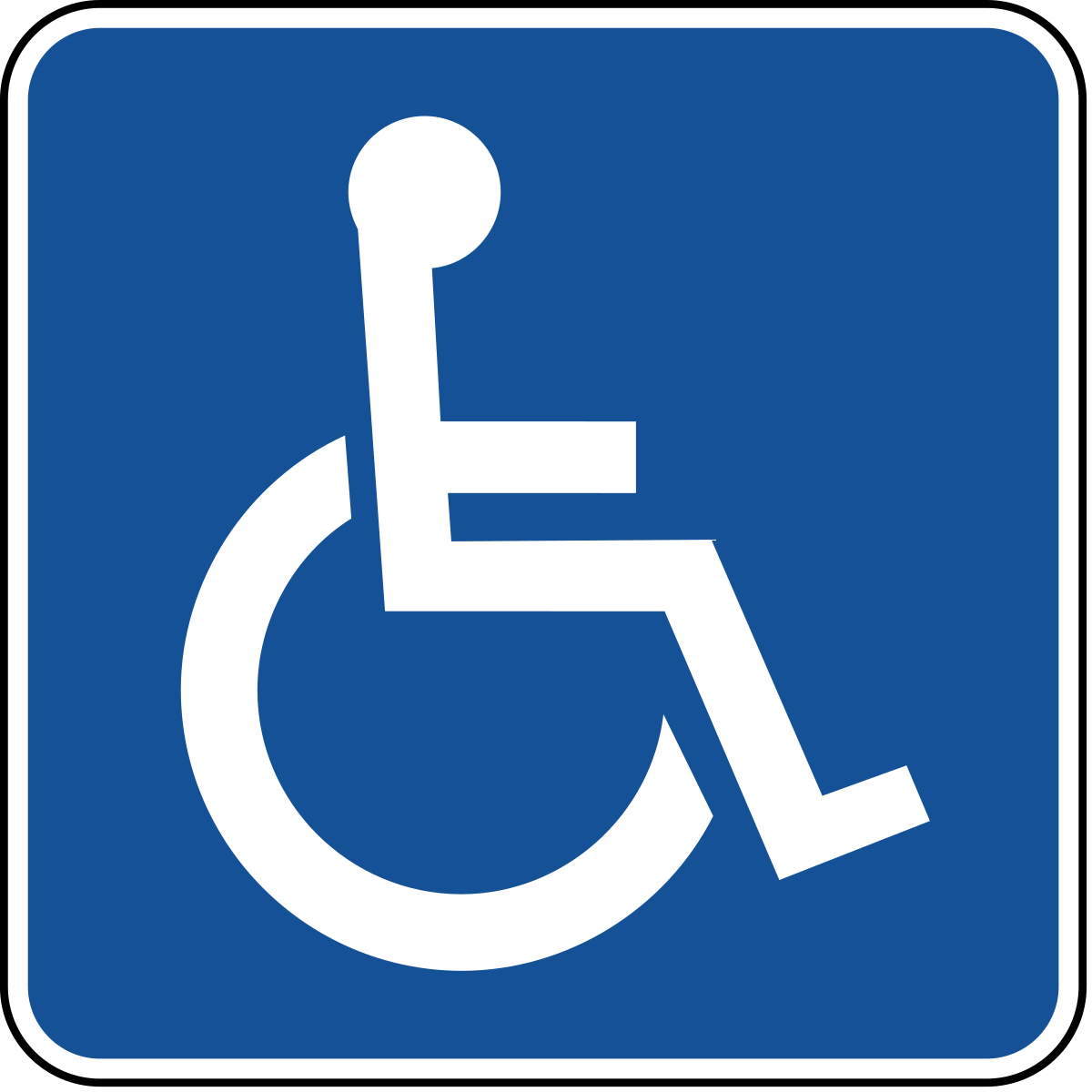
Theory – you can scroll down if you know it 🙂
Accessibility of mobile and web applications means enabling all internet users, especially impaired people, to feel, understand, navigate, and be capable of the full usage of the applications. The ability of accessibility testing is extremely important for all web content creators and enables them to raise the bar height and enlarge the range of users.
The impairment, so to speak, may be connected with hearing, visual, mental, or physical limitations. On the other hand, being an impaired person doesn’t have to mean cyber exclusion. How the modern internet looks depends on developers’ and testers’ willingness to deal with modern quality requirements.
It may seem that impaired people make up just a tiny piece of mobile and web application users – on the contrary – stand the results of the research made by Google Inc. since 2005, which prove that there are over one billion impaired users in the world who use the applications on a daily basis. The number may impress but shows the scale of the new market, which demands better software quality.
Developers and testers in each mobile or web project should always estimate how much and what kind of accessibility testing is required and how to measure the accessibility testing coverage. Better accessibility means a higher quality level and better user experience, which all brands would like to be associated with.
What does it mean is to adopt a website’s content to meet certain needs? At first, developers should focus on good HTML code quality, compatible with helpers – devices, and applications – on PCs and smartphones. For example, a lack of unique ids stands for a severe defect that might have been discovered with the help of accessibility testing.
Basic principles
Here is the set of basic principles for creating applications that meet the accessibility requirements.
When creating applications that meet the unique needs of users, You should pay attention to the implementation of user interface elements, such as:
-colors
People affected by visual impairment, that prevent the correct perception of colors, may be excluded from the audience of applications if they can not properly distinguish individual elements. You can verify it by using specific screen filters (eg from http://colororacle.org/ – compatible with Windows, Mac, and Linux), that mimic certain dysfunctions.
– icons
Their size and simplicity are important to people with a motoric impairment or cognitive difficulties.
– the ability to change the resolution of the displayed elements
– ease of use and installation of the application
and backend elements:
– volume control
– adaptation to speech assistants, e.g. VoiceOver (iOS) or TalkBack (Android)
– the appropriate structure of the application HTML code
so as to enable communication between our application and speech assistant software for the blind people.
– the ability to use audio descriptions.
Practically, accessibility testing means meeting all of the above and increasing the number of usability tests. However, the case is not to fulfill subjective aesthetic feelings in relation to a given application but to conduct certain test suites, designed for particular user groups. The spectrum of the tester’s capabilities is unlimited – creativity is the key. It is also necessary to imagine yourself as a person with a specific need, and consequently to select a set of tests aimed at in-depth testing of a narrow area of applications, e.g. selected elements of the graphical interface. You should also note that while in the core layer and the relevant quality requirements are simple: the code itself has to be thought out, readable, and adapted to work with various types of helpers. Developing a test suite requires a lot of ingenuity and empathy from the tester.
A properly working application available for people with disabilities should always ensure:
- easy installation,
- navigating without the help of sight,
- the ability to use the application with simple gestures,
- clear feedback to the user.
Creating mobile applications and websites that will work with helpers – that support people with disabilities – is not only a correct implementation of basic functionalities but also the ability to replace or enrich specific actions in the application with others. For example – by adding vibrations each time you touch an active element, enlarging the font, or highlighting parts of the image for visually impaired people. Testing of such applications should check whether: - it is possible to navigate without using a touchscreen,
- audio description is available for every visible element,
- there are application areas devoid of audio descriptions,
- all elements to which you can click have at least 48 dp (9 mm) in length and width,
- all voice elements have an additional mechanism to support users with hearing impairments.
Both – developers of speech assistants and application developers – eventually experience the same challenge. Working on good solutions is to keep the consistency and availability of applications without losing the features of a modern product.

You had one job.
Do you remember a friend of mine – about whom I was talking during UK Star? She cannot see. On the other hand, she would like to stay active and simply work.
She takes various jobs when she has the opportunity and usually, she actively looks for them.
Let’s focus on this particular case.
Last week a friend of mine called us saying, that she has found a new job opportunity, but the website she is supposed to enter is not fully accessible to her. She was asking for help. What is more, she was confused, because the job description was quite clear.
There is an application that gathers various voice recordings. The purpose of the job is supposed to be to transfer those recordings into written words. Transfer them into text.
My friend uses a computer and keyboard on daily basis, so it seemed to be suitable work for her.
The problem was, that for some reason, her voice assistant (Ivona) was not able to access all website elements, so she was not able to go through the application, not mentioning to complete her job, that’s why she asked for help.
So we opened the website…
It turned out that the voice assistant has not been mistaken.
PREPARE YOUR EYES


How does it work?
Assuming you have a (Polish) recording that you wish to a transcript. You shall go to this website, register yourself, upload the file and the magic happens. When I write magic – I mean a person – a friend of mine – does the transcript for you.
I shall quote my beloved developer: “This website has been implemented before the Internet era began or by someone who has never seen the Internet before”.
The main page is even not the worst. It’s getting muuuuuuuuuuuuuuch worse when you log in. In order to perform the translation, you need to use specific keyboard shortcuts, and they are spread all over the keyboard without reasonable order. You can customise the shortcuts later, but at first, when you cannot see, you and your voice assistant have to deal with the existing ones and this task is not easy.
This website doesn’t have responsive web design.
This website doesn’t have accessible HTML code.
This website makes voice assistants completely lost.
I don’t want to say, that companies can’t make ugly websites.
Do whatever you want, BUT when you employ impaired people, just try not to insult them.
Thank you.



